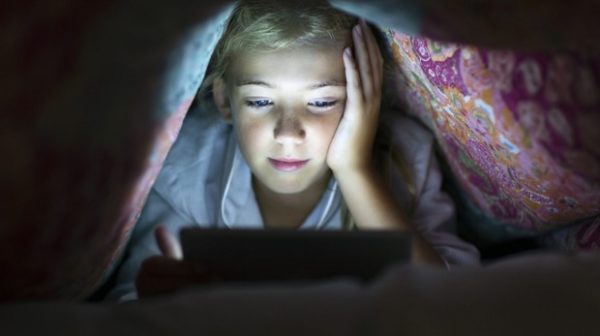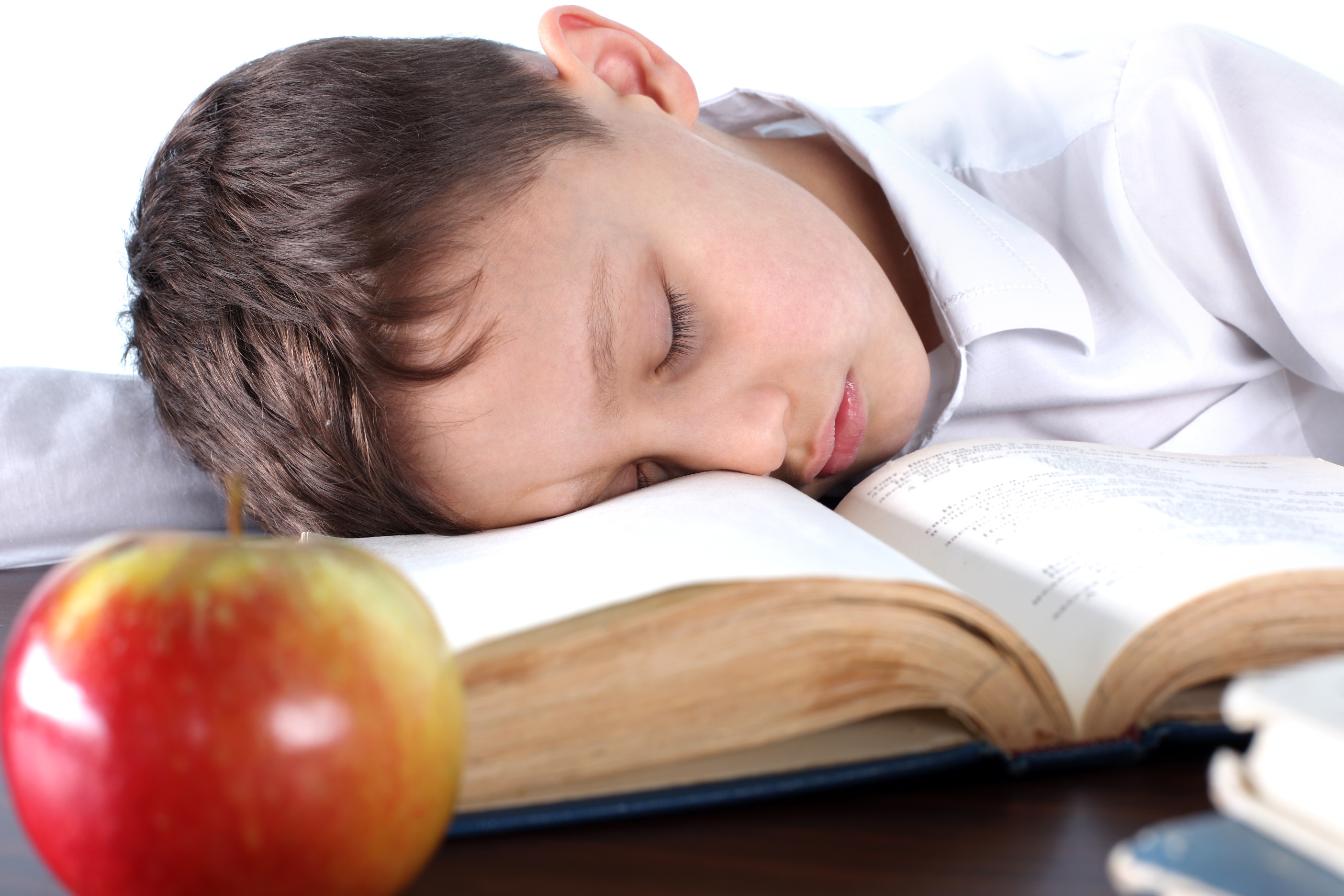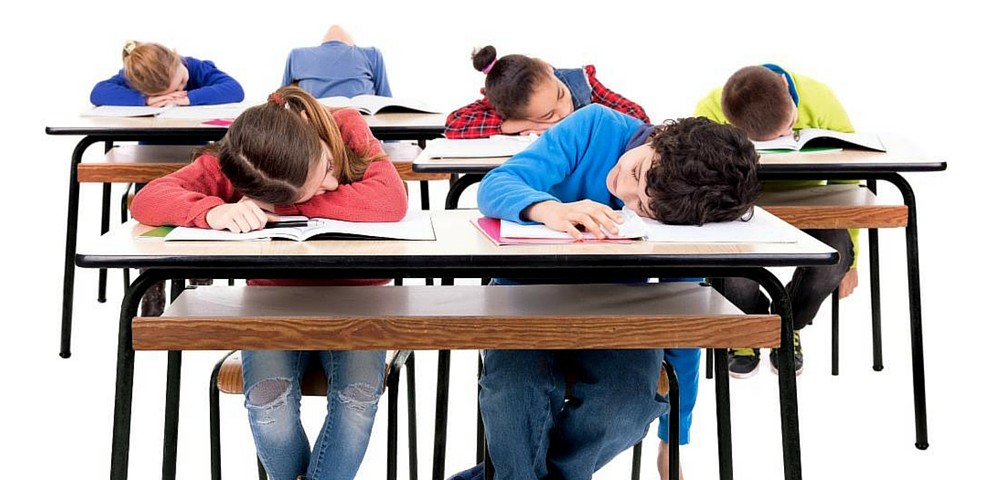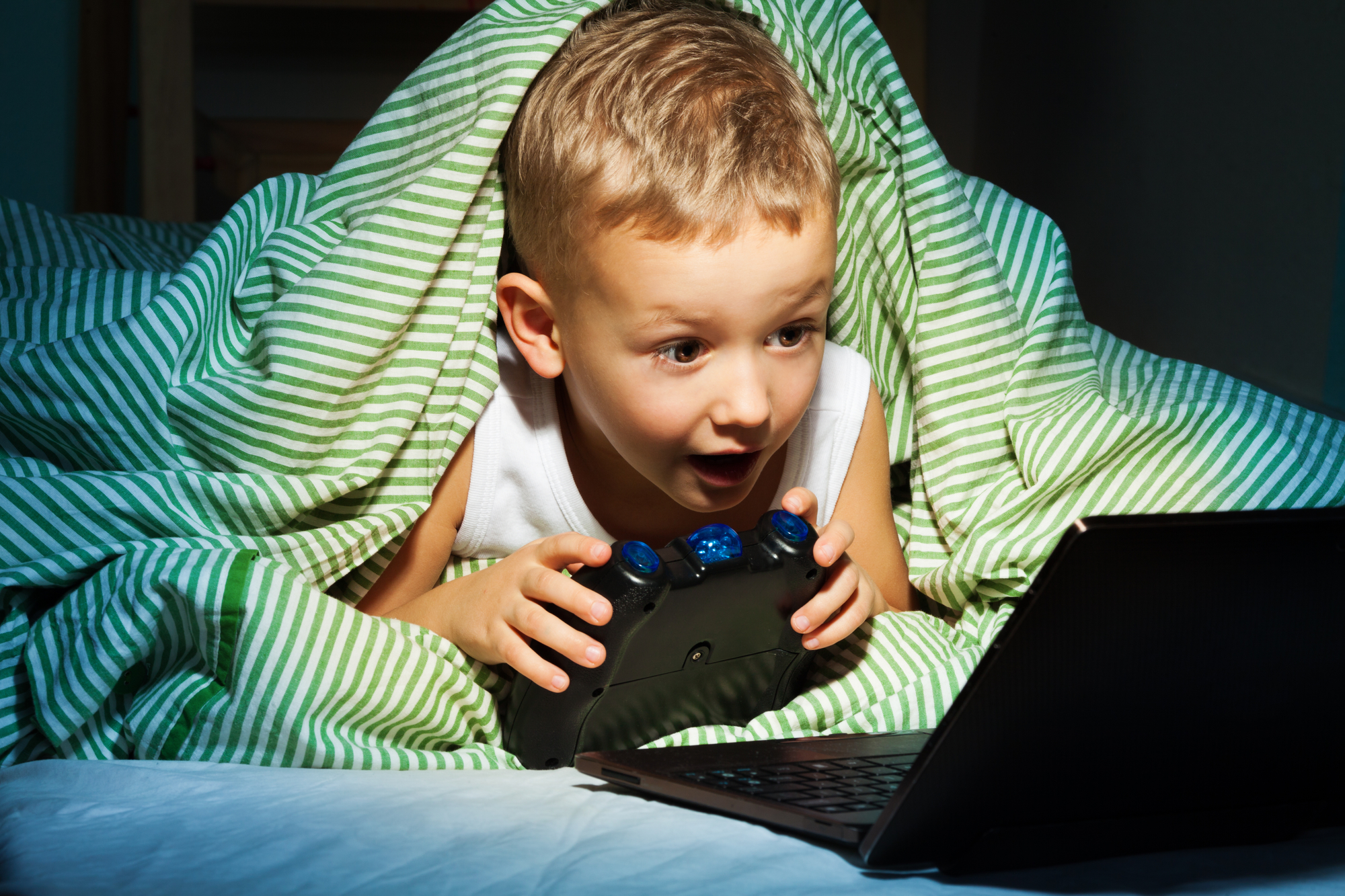

It may seem like an easy form of entertainment, babysitting and distraction, but Children and Technology do not go together well. Much research shows that the heavy and consistent use of touchscreen devices is associated with weight gain and cognitive delays in children. And more, it can also negatively impact a child’s sleep: Those who spend much time in front of a screen usually tend to go to bed much later and they take longer to fall asleep, stay asleep and sleep fewer total hours than those with much less exposure to all these devices.
That lost sleep is quite significant: For every single hour spent using a device, infants and toddlers get 15.6 minutes less sleep, and older kids miss out on an average of 26.4 minutes of sleep nightly. (Infants need 12 to 15 hours of sleep a day and 1- to 2-year-olds require 11 to 14 hours, so every missed minute really matters.)
The use of these devices is incredibly widespread. A 2006 survey showed that nearly all adolescents have at least one electronic device in their bedroom. And that was 13 years ago. Today that number is at least 3 devices in bedrooms and more throughout the house.

The timing of a child’s screen time is one very important factor. The use of all these devices can lead to much later bedtimes and, as a result, shorter sleep overall. Screen time in the evening can cut deeply into the time that children would normally be getting ready for bed and sleeping, delaying the start of sleep. This causes the total amount of time a child sleeps to go down. The result is less time available for it.
A 2014 review found very consistent real evidence that sleep was hampered by screen time, primarily in relation to shortening sleep duration and a delay in the timing of sleep. The latter finding was reported in 90% of the studies reviewed. https://www.sciencedirect.com/science/article/abs/pii/S1087079214000811

The content, or what they are actually watching and engaging with on the screen, can be very detrimental to sleep. For example, exciting and engaging video games, very dramatic or scary television shows, or even stimulating phone conversations can engage and excite the brain and lead to the release of hormones such as adrenaline. This can, in turn, make it more difficult to fall asleep or stay asleep.

Bright light at night can also disrupt the body’s naturally occurring circadian (or daily) rhythms by suppressing the release of the hormone melatonin, which is important for maintaining and regulating our sleep-wake cycle or Circadian Rhythm.

To improve your child’s chances for a good night’s sleep, follow these three rules when it comes to touchscreen devices:
- Keep children younger than 18 months away from touchscreens altogether, except for video chatting.
- Should you decide to slowly introduce your child to digital media after that age, look for very high-quality programs and educational apps that will engage a child’s mental and motor skills in beneficial and helpful ways.
- Whenever it is possible, use the device together with your child. This way, you can help control how much time is spent in front of the screen, while also greatly boosting many learning opportunities because you’ll be right there to answer any and all questions while they come up.
- If necessary use a natural and safe sleep product geared for toddlers and children.
- Light therapy, so they get the needed and proper UV light during the day
- Use Soft white noise. Use a white noise machine.. (click on Soft White noise to get to a children’s white noise sound machine
http://naturesmanymiracles.com
http://godsmiraclegarden4u.com


